Short clips of famous classical and contemporary music series help release stress and allow imagination to flow with euphonic melodies. All videos are also available on the Little Red Book.
Find us on the Little Red Book!

-
 Vltava (The Moldau)
Vltava (The Moldau)The famous symphonic poem, My Fatherland, contains six pieces with legendary imagination and love towards Czech composer Bedřich Smetana’s home land. Vltava was its second and most renowned piece.
-
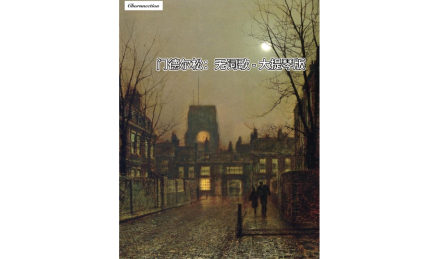 Songs Without Words
Songs Without WordsIt is a series of short lyrical works for piano by Felix Mendelssohn. Here, we present an adaption performed with cello. The piece is known for its dolce, romantic melody.
-
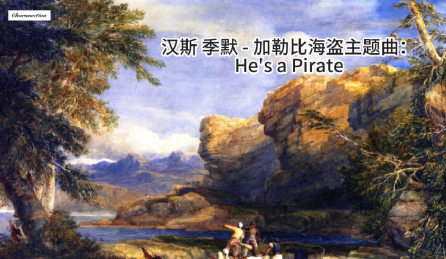 He's a Pirate
He's a PirateThis is the theme song of Pirates of the Caribbean: The Curse of the Black Pearl composed by Klaus Badelt and Hans Zimmer. The powerful strings drew listeners back to Caption Jack Sparrow’s thrilling adventure.
-
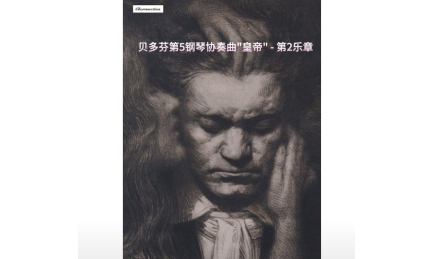 Piano Concerto
Piano Concerto
No.5 (Emperor), 2nd MvtThis concerto by Ludwig van Beethoven was one of the mostly played piano concertos in classical music. The quiet nocturne of the second movement reveals subtle interactions between the strings, woodwinds, and the solo piano.
-
 Violin Concerto in D
Violin Concerto in D
major, 2nd MvtRanked as the top tier of violin concertos, this piece by Johannes Brahms explores the great potential and color of violin as an instrument. Even though less catchy compared to other movements, the second movement suits perfectly with a tranquil, relaxed afternoon.
-
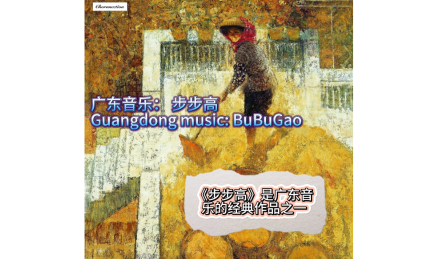 Rising Higher (Bubugao)
Rising Higher (Bubugao)This traditional Cantonese music is composed by Wencheng Lu. The vibrant melodies help listeners visualize a scene from the music’s name and demonstrate key characteristics of Cantonese works.
-
 Dance of the Golden Snake
Dance of the Golden SnakeThis orchestral traditional Chinese music written by Er Nie was inspired by a folklore. The enthusiastic melodies indicate a dancing snake that heightens a festival atmosphere in a celebration.
-
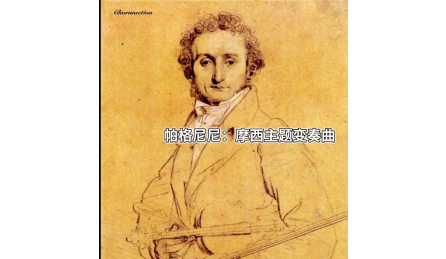 Variation on a them from Rossini's Moses
Variation on a them from Rossini's MosesThis technically demanding string piece is composed by Niccolo Paganini. However, its technical excellence balances well with its musicality. It has been performed on both violins and cellos. Here, we present a special version with guitar as the accompaniment.
-
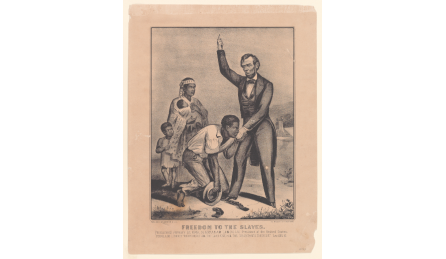 Chorus of the Hebrew Slaves
Chorus of the Hebrew SlavesThis song is from the third act of Giuseppe Verdi’s Italian opera, Nabucco. It follows the plight of Jews under the rule of King Nabucco with a romantic and political plot. This particular section of the opera is frequently given as an encore with its powerful melody.
Find us on the Little Red Book!

